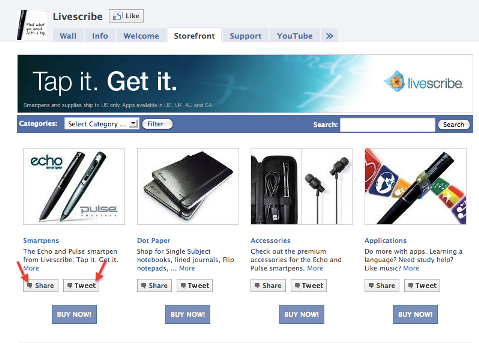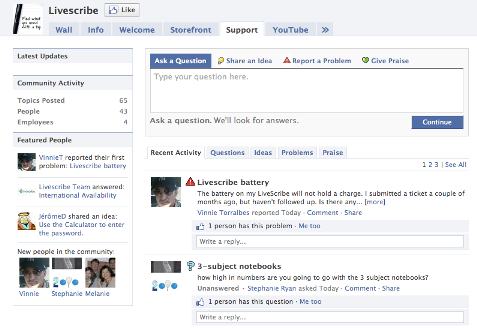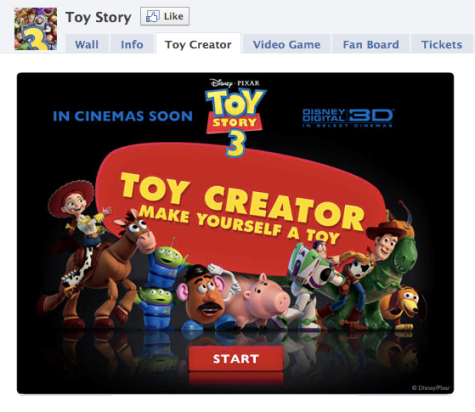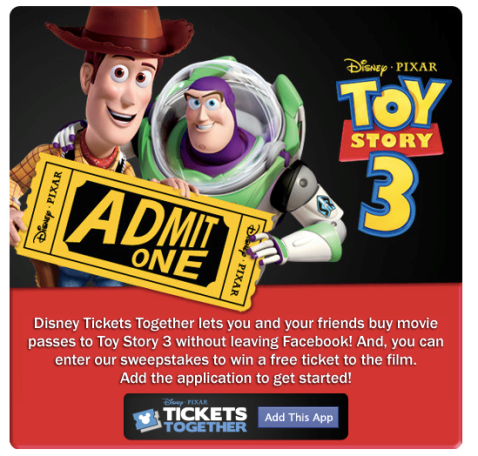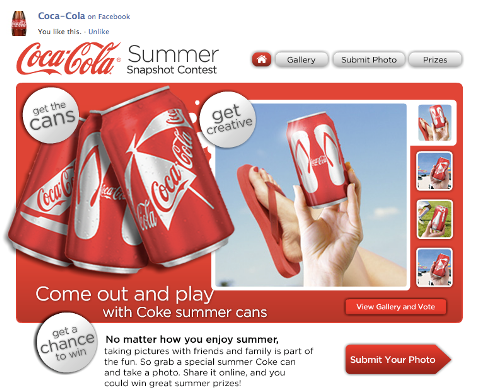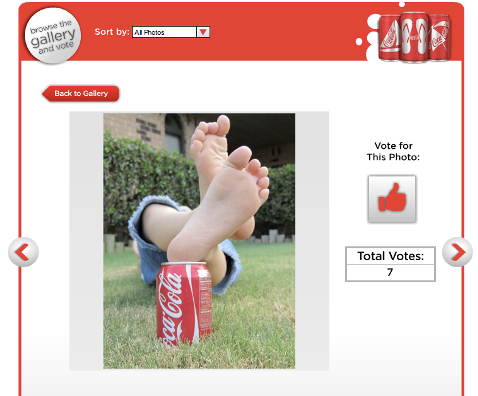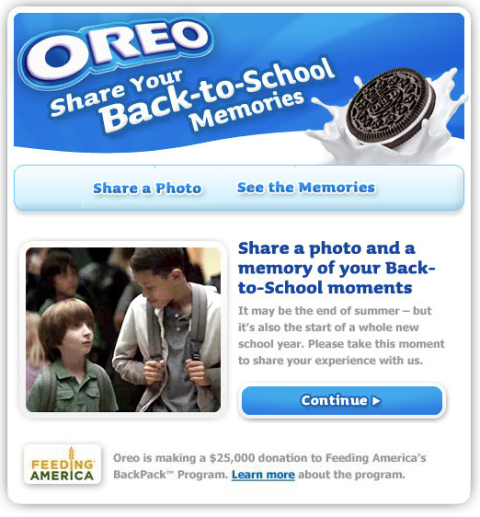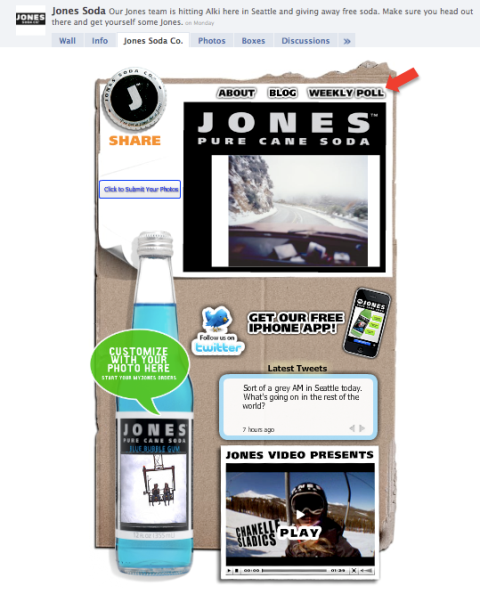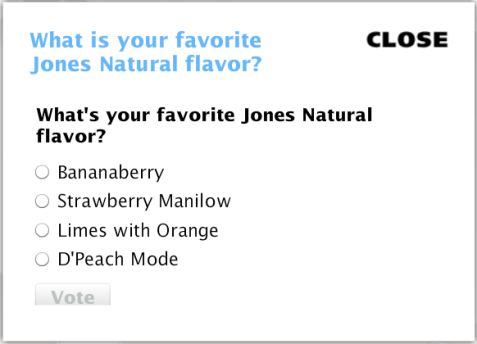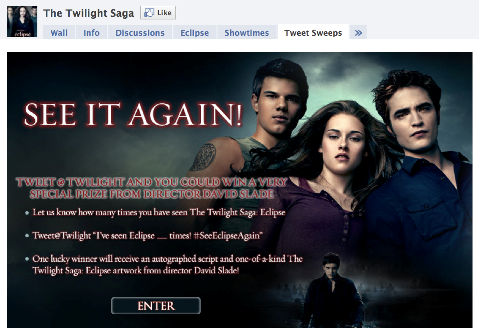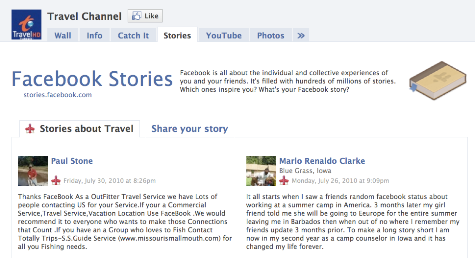IN terms of perception, these are hard times for antidepressants. A number of articles have suggested that the drugs are no more effective than placebos.
Last month brought an especially high-profile debunking. In an essay in The New York Review of Books, Marcia Angell, former editor in chief of The New England Journal of Medicine, favorably entertained the premise that “psychoactive drugs are useless.” Earlier, a USA Today piece about a study done by the psychologist Robert DeRubeis had the headline, “Antidepressant lift may be all in your head,” and shortly after, a Newsweek cover piece discussed research by the psychologist Irving Kirsch arguing that the drugs were no more effective than a placebo.
Could this be true? Could drugs that are ingested by one in 10 Americans each year, drugs that have changed the way that mental illness is treated, really be a hoax, a mistake or a concept gone wrong?
This supposition is worrisome. Antidepressants work — ordinarily well, on a par with other medications doctors prescribe. Yes, certain researchers have questioned their efficacy in particular areas — sometimes, I believe, on the basis of shaky data. And yet, the notion that they aren’t effective in general is influencing treatment.
For instance, not long ago, I received disturbing news: a friend had had a stroke that paralyzed the right side of his body. Hoping to be of use, I searched the Web for a study I vaguely remembered. There it was: a group in France had worked with more than 100 people with the kind of stroke that affected my friend. Along with physiotherapy, half received Prozac, and half a placebo. Members of the Prozac group recovered more of their mobility. Antidepressants are good at treating post-stroke depression and good at preventing it. They also help protect memory. In stroke patients, antidepressants look like a tonic for brain health.
When I learned that my friend was not on antidepressants, I suggested he raise the issue with his neurologists. I e-mailed them the relevant articles. After further consideration, the doctors added the medicines to his regimen of physical therapy.
Surprised that my friend had not been offered a highly effective treatment, I phoned Robert G. Robinson at the University of Iowa’s department of psychiatry, a leading researcher in this field. He said, “Neurologists tell me they don’t use an antidepressant unless a patient is suffering very serious depression. They’re influenced by reports that say that’s all antidepressants are good for.”
Critics raise various concerns, but in my view the serious dispute about antidepressant efficacy has a limited focus. Do they work for the core symptoms (such as despair, low energy and feelings of worthlessness) of isolated episodes of mild or moderate depression? The claim that antidepressants do nothing for this common condition — that they are merely placebos with side effects — is based on studies that have probably received more ink than they deserve.
The most widely publicized debunking research — the basis for the Newsweek and New York Review pieces — is drawn from data submitted to the Food and Drug Administration in the late 1980s and the 1990s by companies seeking approval for new drugs. This research led to its share of scandal when a study in The New England Journal of Medicine found that the trials had been published selectively. Papers showing that antidepressants work had found their way into print; unfavorable findings had not.
In his book “The Emperor’s New Drugs: Exploding the Antidepressant Myth,” Dr. Kirsch, a psychologist at the University of Hull in England, analyzed all the data. He found that while the drugs outperformed the placebos for mild and moderate depression, the benefits were small. The problem with the Kirsch analysis — and none of the major press reports considered this shortcoming — is that the F.D.A. material is ill suited to answer questions about mild depression.
As a condition for drug approval, the F.D.A. requires drug companies to demonstrate a medicine’s efficacy in at least two trials. Trials in which neither the new drug nor an older, established drug is distinguishable from a placebo are deemed “failed” and are disregarded or weighed lightly in the evaluation. Consequently, companies rushing to get medications to market have had an incentive to run quick, sloppy trials.
Often subjects who don’t really have depression are included — and (no surprise) weeks down the road they are not depressed. People may exaggerate their symptoms to get free care or incentive payments offered in trials. Other, perfectly honest subjects participate when they are at their worst and then spontaneously return to their usual, lower, level of depression.
THIS improvement may have nothing to do with faith in dummy pills; it is an artifact of the recruitment process. Still, the recoveries are called “placebo responses,” and in the F.D.A. data they have been steadily on the rise. In some studies, 40 percent of subjects not receiving medication get better.
The problem is so big that entrepreneurs have founded businesses promising to identify genuinely ill research subjects. The companies use video links to screen patients at central locations where (contrary to the practice at centers where trials are run) reviewers have no incentives for enrolling subjects. In early comparisons, off-site raters rejected about 40 percent of subjects who had been accepted locally — on the ground that those subjects did not have severe enough symptoms to qualify for treatment. If this result is typical, many subjects labeled mildly depressed in the F.D.A. data don’t have depression and might well respond to placebos as readily as to antidepressants.
Nonetheless, the F.D.A. mostly gets it right. To simplify a complex matter: there are two sorts of studies that are done on drugs: broad trials and narrow trials. Broad trials, like those done to evaluate new drugs, can be difficult these days, because many antidepressants are available as generics. Who volunteers to take an untested remedy? Research subjects are likely to be an odd bunch.
Narrow studies, done on those with specific disorders, tend to be more reliable. Recruitment of subjects is straightforward; no one’s walking off the street to enter a trial for stroke patients. Narrow studies have identified many specific indications for antidepressants, such as depression in neurological disorders, including multiple sclerosis andepilepsy; depression caused by interferon, a medication used to treat hepatitis and melanoma; and anxiety disorders in children.
New ones regularly emerge. The June issue of Surgery Today features a study in which elderly female cardiac patients who had had emergency operations and were given antidepressants experienced less depression, shorter hospital stays and fewer deaths in the hospital.
Broad studies tend to be most trustworthy when they look at patients with sustained illness. A reliable finding is that antidepressants work for chronic and recurrent mild depression, the condition called dysthymia. More than half of patients on medicine get better, compared to less than a third taking a placebo. (This level of efficacy — far from ideal — is typical across a range of conditions in which antidepressants outperform placebos.) Similarly, even the analyses that doubt the usefulness of antidepressants find that they help with severe depression.
In fact, antidepressants appear to have effects across the depressive spectrum. Scattered studies suggest that antidepressants bolster confidence or diminish emotional vulnerability — for people with depression but also for healthy people. In the depressed, the decrease in what is called neuroticism seems to protect against further episodes. Because neuroticism is not a core symptom of depression, most outcome trials don’t measure this change, but we can see why patients and doctors might consider it beneficial.
Similarly, in rodent and primate trials, antidepressants have broad effects on both healthy animals and animals with conditions that resemble mood disruptions in humans.
One reason the F.D.A. manages to identify useful medicines is that it looks at a range of evidence. It encourages companies to submit “maintenance studies.” In these trials, researchers take patients who are doing well on medication and switch some to dummy pills. If the drugs are acting as placebos, switching should do nothing. In an analysis that looked at maintenance studies for 4,410 patients with a range of severity levels, antidepressants cut the odds of relapse by 70 percent. These results, rarely referenced in the antidepressant-as-placebo literature, hardly suggest that the usefulness of the drugs is all in patients’ heads.
The other round of media articles questioning antidepressants came in response to a seemingly minor study engineered to highlight placebo responses. One effort to mute the placebo effect in drug trials involves using a “washout period” during which all subjects get a dummy pill for up to two weeks. Those who report prompt relief are dropped; the study proceeds with those who remain symptomatic, with half getting the active medication. In light of subject recruitment problems, this approach has obvious appeal.
Dr. DeRubeis, an authority on cognitive behavioral psychotherapy, has argued that the washout method plays down the placebo effect. Last year, Dr. DeRubeis and his colleagues published a highly specific statistical analysis. From a large body of research, they discarded trials that used washouts, as well as those that focused on dysthymia or subtypes of depression. The team deemed only six studies, from over 2,000, suitable for review. An odd collection they were. Only studies using Paxil and imipramine, a medicine introduced in the 1950s, made the cut — and other research had found Paxil to be among the least effective of the new antidepressants. One of the imipramine studies used a very low dose of the drug. The largest study Dr. DeRubeis identified was his own. In 2005, he conducted a trial in which Paxil did slightly better than psychotherapy and significantly better than a placebo — but apparently much of the drug response occurred in sicker patients.
Building an overview around your own research is problematic. Generally, you use your study to build a hypothesis; you then test the theory on fresh data. Critics questioned other aspects of Dr. DeRubeis’s math. In a re-analysis using fewer assumptions, Dr. DeRubeis found that his core result (less effect for healthier patients) now fell just shy of statistical significance. Overall, the medications looked best for very severe depression and had only slight benefits for mild depression — but this study, looking at weak treatments and intentionally maximized placebo effects, could not quite meet the scientific standard for a firm conclusion. And yet, the publication of the no-washout paper produced a new round of news reports that antidepressants were placebos.
In the end, the much heralded overview analyses look to be editorials with numbers attached. The intent, presumably to right the balance between psychotherapy and medication in the treatment of mild depression, may be admirable, but the data bearing on the question is messy.
As for the news media’s uncritical embrace of debunking studies, my guess, based on regular contact with reporters, is that a number of forces are at work. Misdeeds — from hiding study results to paying off doctors — have made Big Pharma an inviting and, frankly, an appropriate target. (It’s a favorite of Dr. Angell’s.) Antidepressants have something like celebrity status; exposing them makes headlines.
It is hard to locate the judicious stance with regard to antidepressants and moderate mood disorder. In my 1993 book, “Listening to Prozac,” I wrote, “To my mind, psychotherapy remains the single most helpful technology for the treatment of minor depression and anxiety.” In 2003, in “Against Depression,” I highlighted research that suggested antidepressants influence mood only indirectly. It may be that the drugs are “permissive,” removing roadblocks to self-healing.
That model might predict that in truth the drugs would be more effective in severe disorders. If antidepressants act by usefully perturbing a brain that’s “stuck,” then people who retain some natural resilience would see a lesser benefit. That said, the result that the debunking analyses propose remains implausible: antidepressants help in severe depression, depressive subtypes, chronic minor depression, social unease and a range of conditions modeled in mice and monkeys — but uniquely not in isolated episodes of mild depression in humans.
BETTER-DESIGNED research may tell us whether there is a point on the continuum of mood disorder where antidepressants cease to work. If I had to put down my marker now — and effectively, as a practitioner, I do — I’d bet that “stuckness” applies all along the line, that when mildly depressed patients respond to medication, more often than not we’re seeing true drug effects. Still, my approach with mild depression is to begin treatments with psychotherapy. I aim to use drugs sparingly. They have side effects, some of them serious. Antidepressants help with strokes, but surveys also show them to predispose to stroke. But if psychotherapy leads to only slow progress, I will recommend adding medicines. With a higher frequency and stronger potency than what we see in the literature, they seem to help.
My own beliefs aside, it is dangerous for the press to hammer away at the theme that antidepressants are placebos. They’re not. To give the impression that they are is to cause needless suffering.
As for my friend, he had made no progress before his neurologists prescribed antidepressants. Since, he has shown a slow return of motor function. As is true with much that we see in clinical medicine, the cause of this change is unknowable. But antidepressants are a reasonable element in the treatment — because they do seem to make the brain more flexible, and they’ve earned their place in the doctor’s satchel.
Peter D. Kramer is a clinical professor of psychiatry at Brown University.
PROVIDENCE, R.I. - NYT







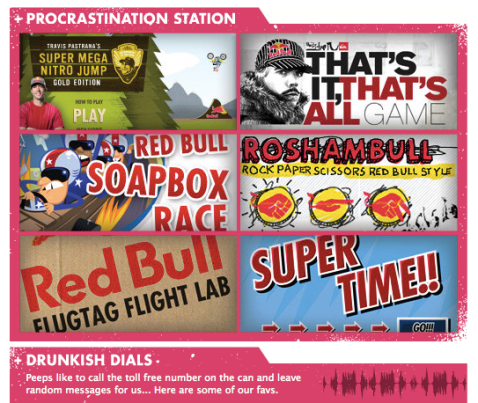



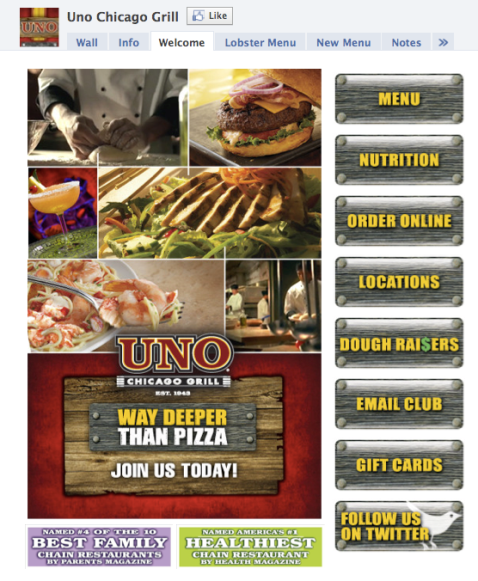
 In addition, Uno has incorporated a Fan of the Week conteston their Facebook page. Fans get their photo posted directly on the profile image of the restaurant’s wall.
In addition, Uno has incorporated a Fan of the Week conteston their Facebook page. Fans get their photo posted directly on the profile image of the restaurant’s wall. 
